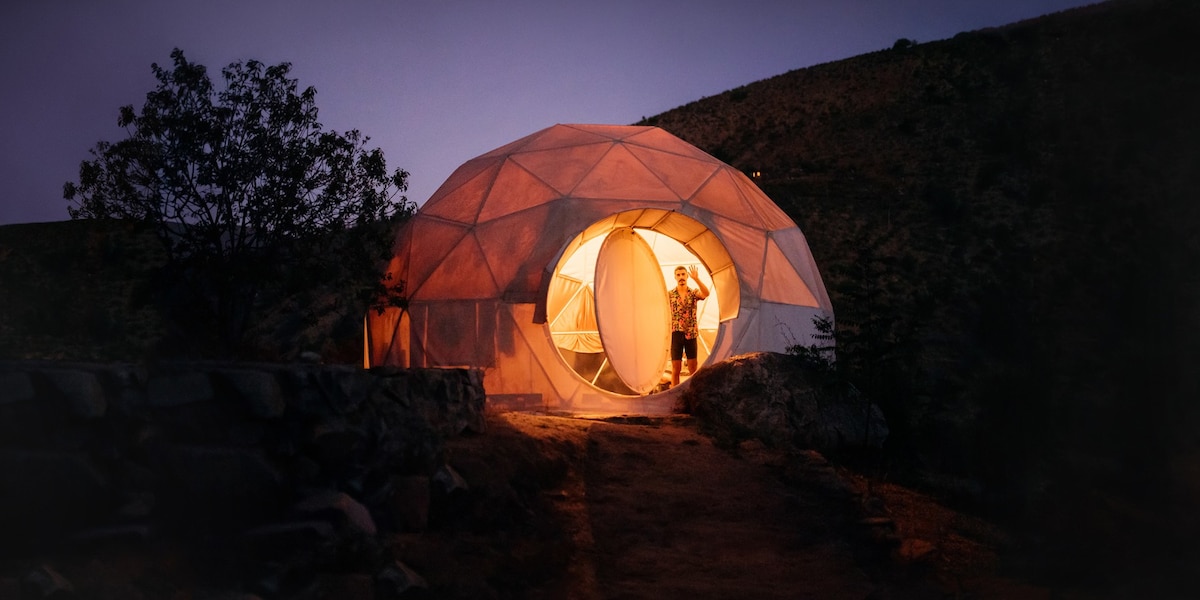Lost places on Tenerife
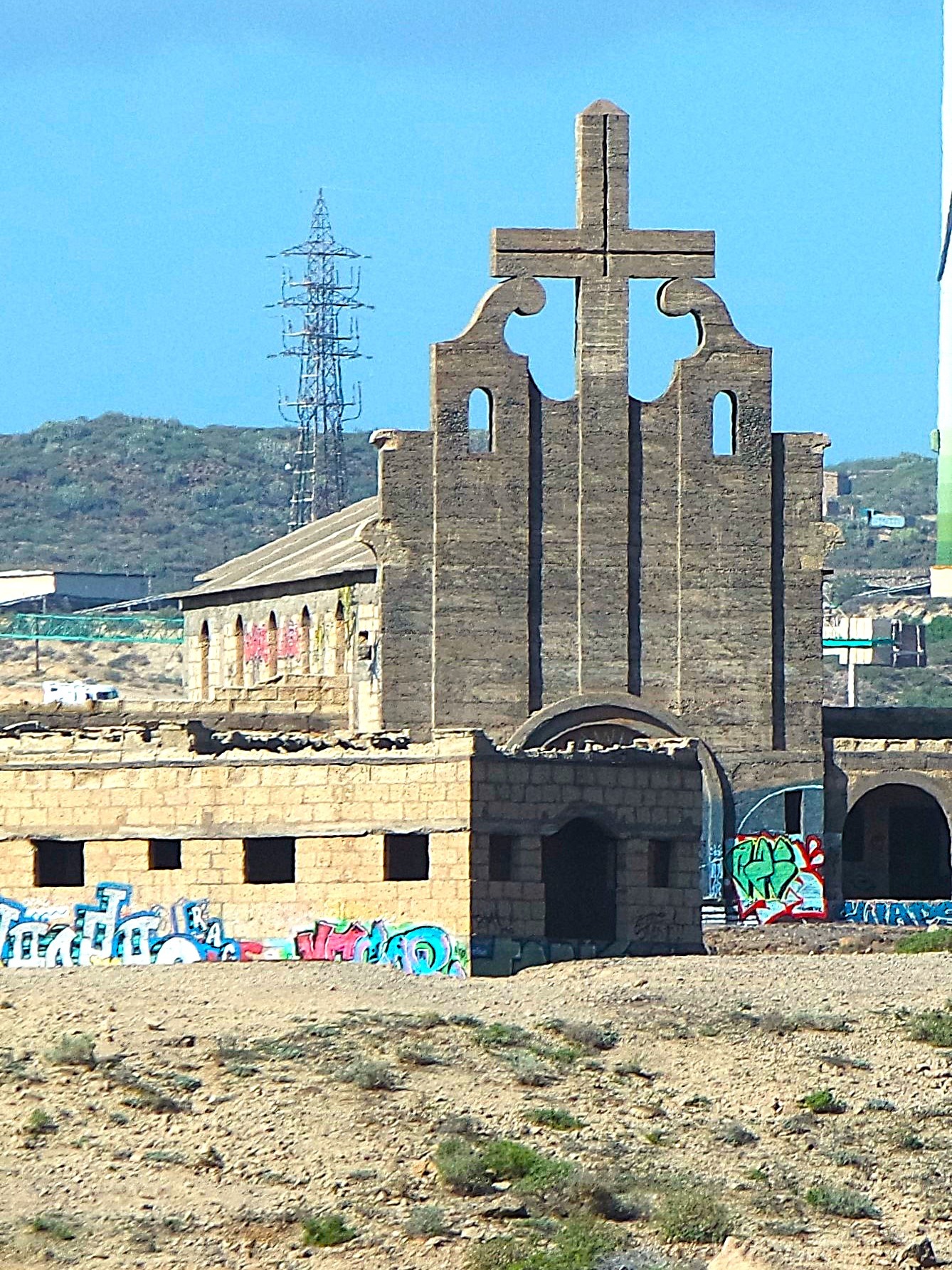
Casa Hamilton
"El Elevador de Aguas de Gordejuela", also known as "Casa Hamilton", is an industrial ruin near Los Realejos, Tenerife. It was built in 1903 by the Hamilton company to pump water from the Gordejuela springs to banana plantations in the Orotava Valley. The system used the first steam engine on Tenerife.
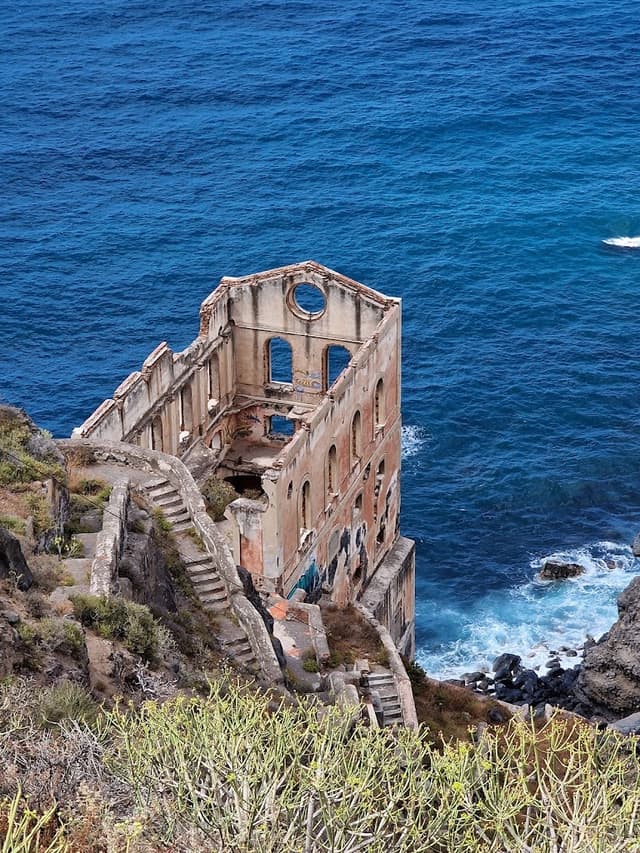
On Video:
How to get to Casa Hamilton?
Ideally, you should drive to the "Mirador San Pedro" directly from the TF 5 near Los Realejos and set off on a coastal hike of about 2 km in the direction of Burgado. So you have the opportunity to visit the old fortification Fortin de San Fernando. If you want to get even closer, the TF 315 remains, starting from exit 39 of the TF 5, which you drive a bit and then drive to Calle Romantica I, where you finally park at the end.
Abades
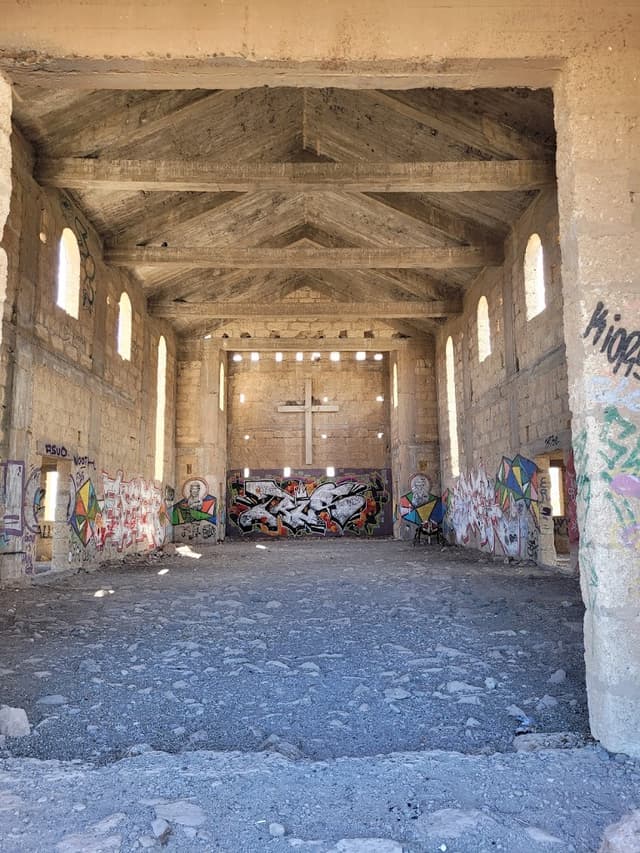
Leprosy was only recognized late as a serious disease on the island. The first leprosy station was built in the north of the island, where the majority of the population lived. The bodies were disposed of, until a crematorium was built, by throwing them into the sea near Santa Cruz. In 1943, a complete village, "Sanatorio de Abona", was planned and started as a leprosy station on the hill on Abades. They paid 144,000 pesetas for the area to the owner Don Ramon Peraza y Perez. The contract was signed on February 5, 1944 at the notary Lorenzo Martinez Fuset. In the village there is a hospital, a crematorium, many bungalows, administrative buildings with sea views, and a Franco-style church with a large cross on top, which can be seen from very far away, especially from the highway.
With new treatment methods, leprosy was almost completely eradicated in the Canary Islands, and thus this project was never finished. Up to that point, about 11 million pesetas had been invested. Today it resembles a ghost town. The leprosy station was declared a military area and was used by the 49th Infantry Regiment of Tenerife until 2000 for training in urban combat. In 2002, the entire area was sold to Italian investors.
The church (see cover picture) is still in good condition, and followers of St. Lazarus, the patron saint of lepers, regularly decorate the altar area with fresh flowers.
On Video:
How to get to Abades?
Take the TF 1 motorway to Arico (exit 39) and drive past some beautiful beaches (Playa de Poris, Punta Samosa), along Calle Real and Calle Buenviaje and finally to Playa Grande. It is recommended to park there, the rest on foot.
El Balito
El Balito is a small cove on the island of Tenerife with its own history. It belongs to the municipality of Adeje and is just a few minutes from Marazul.
It was formerly a banana processing plant with its own dock where ships came to pick up this merchandise. Today the buildings are abandoned to their fate and the pier is only used by fishermen, bathers and divers.
El Balito is a place that only the locals know and, although access is not easy, when you arrive and can enjoy the views and the immensity of the ocean at your feet, you will feel like a true Guanche.
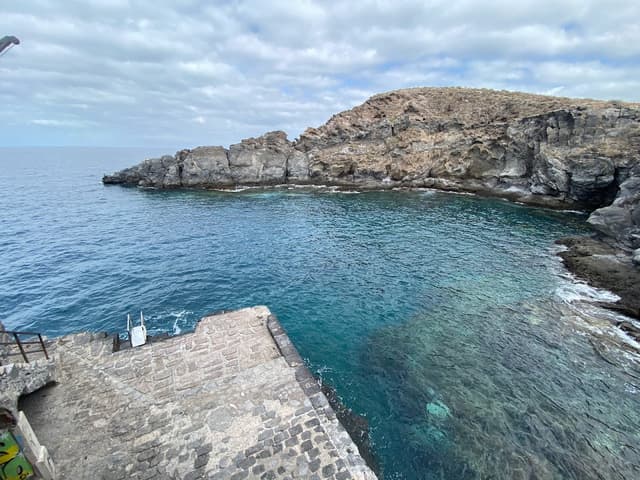
How to get to El Balito?
By car, you should take the TF 47 to the Club hotel Marazul and park at the side of the road. A walk of about 2 km leads to the old banana port.
Another nice possibility: Go by Mountainbike!!
On Video:
Casa Fuerte
Casa Fuerte is a fortified building complex in Adeje, Tenerife, Spain. A strong house was constructed around 1556 to protect a sugar mill, and the site was subsequently significantly expanded.
The initial construction at the site was a sugar mill built by the Genoese Ponte family, which was powered by water from the nearby gorge.
Over time, the Adeje sugar mill prospered and until 1811 it was the longest-running sugar mill in the archipelago. Cane sugar was packaged and exported in the shape of loaves of bread, creating a source of thriving economic growth for Casa Fuerte.
Note, that the Casa Fuerte is located adjacent to the Santa Úrsula Church, in the oldest part of Adeje. Over time it became the centre for politics, economy and social activity in the area.
The building complex was renovated in the 1700s before a fire left it in ruins in 1902, a state in which it remains today, leading to its inclusion on the Spanish Redlist of endangered heritage in 2019.
Since then some restoration work has taken place and part of the monument has been opened to the public for daily visits.
Casa Fuerte in general is a large complex with multiple buildings, spread over a square of around 7,200 square meters (78,000 sq ft). The earliest known plan of the structure was made in 1873.
The non-public part is best viewed from the outside. To do this, walk around the building on the edge of the complex from the sloping side of the road. You can see the old walls of the former two-storey Ponte Palace and from the back the old part of the society, which looks like a church.
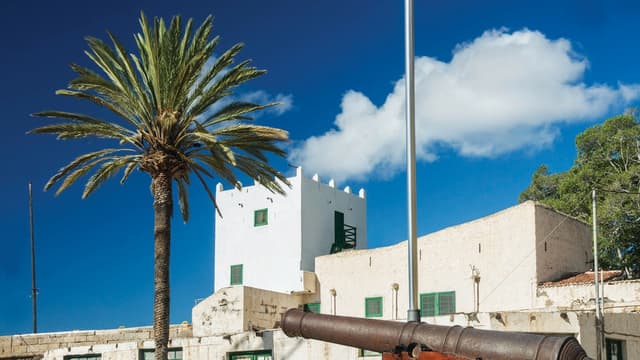
How to get to Casa Fuerte?
Take the TF 1 motorway to Adeje, then go up Calle Grande to the church. After the left turn, you will reach the Calle Castillo and Casa Fuerte after 200m.
El Presa del Rio
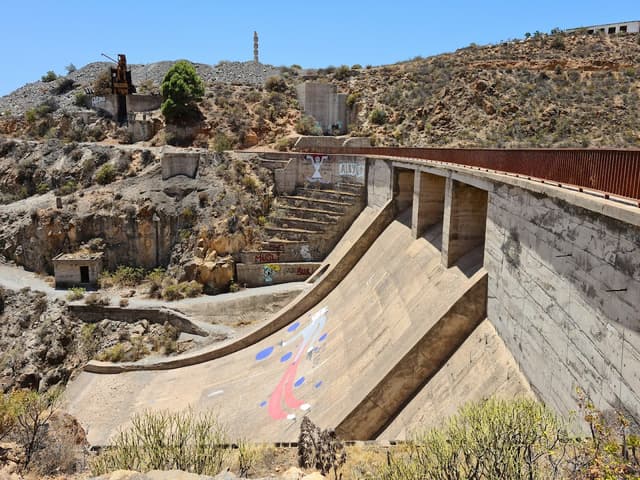
The abandoned dam ruins of El Río
In the 1960s, a mega-project was to be built in the south of Tenerife: a dam was built in the Barranco of El Río, which was supposed to end the water shortage in the region. But the project failed spectacularly and has been left to its own devices for decades.
The government at the time had high hopes for the ambitious project. The plan to dam up the Barranco of El Río sounded sensible in principle. And so a structure with a height of more than 50 meters and a span of around 110 meters was erected from tons of concrete. But the dam has not yet gone into operation.
One of the reasons: It turned out that the rock around the dam wall was very permeable to water. But this was only noticed when the dam was almost completed. The structure could therefore not start its service as planned.
You can include a visit to the dam in a beautiful 6km hike from El Rio.
The highlight is of course the hike through the dam itself. Via various stairs in absolute darkness (flashlight is mandatory) you reach the bottom of the Barranco. The entrance is at the top of the dam. It can be reached via a path that leads below the old crane (see pictures below).
Inside:
How to get to Presa del Rio?
From the village of El Rio at the El Barrero bus stop, first walk a bit on Calle Barrero, which later turns into the old "Camino Real de Granadilla". After about 500 metres, take the turn-off onto the gravel road on the right. The track leads to the dam in about 2 km. Back on the same path.
A good place to stay
The holiday apartment is located just near the hotel "H10 Coata Adeje Palace" in La Caleta (see map).
It`s perfect for visiting the places I mentioned.
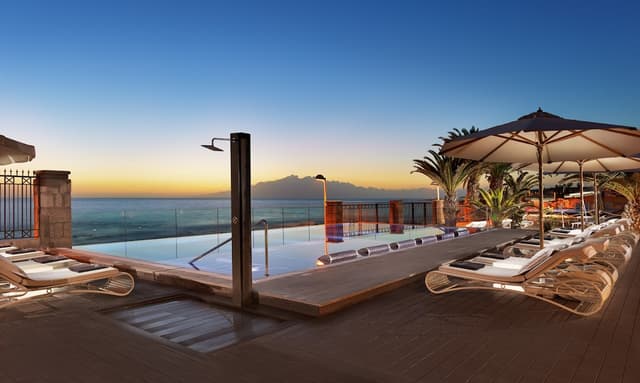
How to get more information?
Don`t hesitate to ask me about the different places. If you want I give you more details.
It`s also possible to show you around, when you are on Tenerife.
Just send me an E-Mail:
norbertrohweder@googlemail.com
The home for unique & authentic travel
